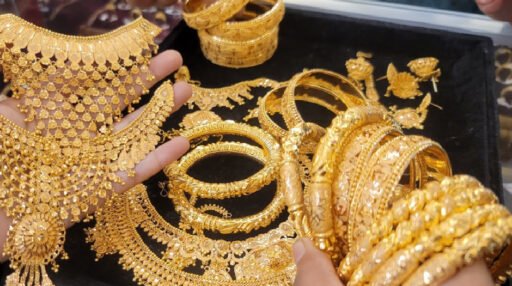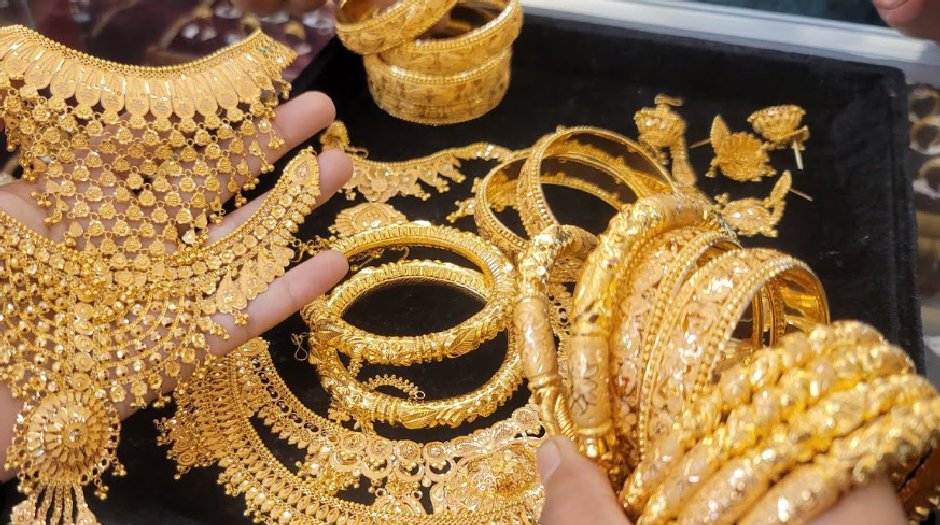Is gold merely a symbol of wealth and beauty, or does it also hold its weight as a formidable investment? Throughout history, gold has been revered for its luster and malleability, but also for its ability to act as a hedge against inflation and economic uncertainty. Its intrinsic value is underscored by its finite quantity and labor-intensive extraction process, making it a unique asset in the global marketplace. Historically, gold has maintained its purchasing power over long periods, with the World Gold Council noting its price has increased by an average of 10% per year since 1971, following the end of the gold standard.
Gold’s appeal as an investment isn’t just rooted in its performance during times of financial turmoil. It also derives from its physical and immutable characteristics. Unlike stocks or bonds, gold is not subject to the solvency of institutions or governments. This distinct advantage offers investors a tangible asset that can be held outside the traditional banking system. This provides a form of financial insurance against geopolitical instability or currency devaluation. As a result, investors often turn to gold during periods of market volatility, looking to it as a stable store of value that can diversify investment portfolios and reduce overall risk.
Market Trends and Economic Indicators
Gold prices are highly responsive to changes in economic indicators and market trends, serving as a barometer for global economic health. Inflation rates are a critical determinant. Historically, gold prices have moved inversely to the value of fiat currencies, particularly during high inflation periods when the purchasing power of currency diminishes. For instance, during the inflationary spikes of the 1970s and early 2000s, gold prices saw substantial increases. This relationship underscores gold’s reputation as an “inflation hedge.”
Geopolitical tensions and economic uncertainties often drive investors towards gold, considering it a ‘safe haven’ asset. The COVID-19 pandemic exemplified this, with gold prices reaching an all-time high of over $2,000 per ounce in August 2020, reflecting the uncertainty and volatility in global markets. And in 2024, the value of gold has yet again reached its historical peak.
Investment Considerations for Gold Jewelry
Investing in gold jewelry requires an appreciation for nuances beyond the mere market value of gold. The purity of gold, measured in karats, significantly influences both the aesthetic appeal and investment potential of gold jewelry. Pure gold, or 24 karat gold, while highly valuable, is often deemed too soft for everyday wear, leading jewelers to alloy it with other metals for durability, affecting its market value.
For instance, an 18 karat gold piece, comprising 75% gold, offers practical wearability, but it also retains substantial intrinsic value. The craftsmanship involved in creating a piece of gold jewelry can markedly affect its price. Artisanal pieces that showcase exceptional craftsmanship can command higher prices in the market, not just for the material but for the artistry and history they embody.
Practical Tips for Investing in Gold Jewelry
When investing in gold jewelry, discernment is key to ensuring both the aesthetic appeal and investment value of your acquisitions. Before purchasing, familiarize yourself with the hallmarking system, which certifies the purity of gold. In many countries, gold jewelry is stamped with hallmarks indicating its karatage, such as 14K, 18K, or 24K. These marks are a testament to the gold content and a fundamental aspect of assessing value. You should also research the price of gold and understand that jewelry prices will include a premium over this base value for craftsmanship, design, and brand. Buying from reputable dealers and requesting certification can safeguard against overpaying or acquiring counterfeit items. Investors should also consider the resale value of pieces. Items from well-known designers or those with unique historical or artistic significance often hold or increase their value over time.
How to Sell Your Gold Jewelry
When it comes to selling gold jewelry, timing and presentation are crucial. The gold market fluctuates, and selling during a high can maximize returns. Preparing your jewelry for sale is equally important. Professional cleaning can enhance the appearance and desirability of your pieces. Documentation such as original purchase receipts, appraisals, and any certificates of authenticity can significantly increase buyer confidence and thereby the sale price. A visit to your local jewelry store can provide you with an appraisal, and in many cases, these stores will offer to buy your piece at a fair price.
Opting for a sales venue that targets collectors or specific markets interested in your type of jewelry can sometimes yield better results than general platforms. Online auction sites, specialized jewelry resellers, and even some high-end pawn shops offer avenues for selling, each with its pros and cons regarding reach, fees, and speed of sale.
Pros of Investing in Gold Jewelry
Investing in gold jewelry holds the appeal of dual utility. It serves both as a wearable form of art and a tangible investment. One of the primary advantages of gold jewelry is its potential for appreciation. Unlike purely ornamental items, gold jewelry retains a base material value that can increase over time, particularly in periods of inflation or economic instability.
Unique or historically significant pieces can accrue value far beyond their weight in gold, influenced by craftsmanship, provenance, and rarity. This aspect makes gold jewelry not just an investment in metal, but in culture and artistry. Gold jewelry also offers the psychological satisfaction and aesthetic pleasure of owning and wearing something of beauty and value, an intangible benefit that is not derived from traditional investments like stocks or real estate.
Cons of Investing in Gold Jewelry
However, the investment in gold jewelry is not without its drawbacks. The marketability of gold jewelry can be less straightforward than gold bullion or coins. Its value is not solely determined by the market price of gold. You should also consider factors such as design, brand, and sentimentality, which can be more subjective. This can lead to a wider spread between buying and selling prices and potentially a longer time to find a willing buyer at the desired price.
The initial purchase of gold jewelry often includes a premium over the spot price of gold to cover craftsmanship and retailer markup, which can be significant. There’s also the practical consideration of insurance and safe storage, which entails additional costs. These factors make the liquidity and immediate profitability of gold jewelry investments less predictable compared to other forms of gold investment, necessitating a long-term perspective and a deep appreciation for the intrinsic and extrinsic values of the pieces acquired.
Is Gold Jewelry a Good Investment?
The question of whether gold jewelry is a good investment hinges on multiple factors, including market dynamics, personal investment goals, and an appreciation for the intrinsic value of jewelry beyond its gold content. Gold jewelry carries intrinsic value, augmented by elements of craftsmanship, design, and brand prestige. It represents a tangible investment that, unlike digital assets or securities, can be appreciated in a physical form. Unique or artistically significant pieces can accrue value independently of gold market fluctuations, offering potential returns to those with an eye for quality and rarity.





